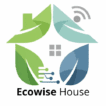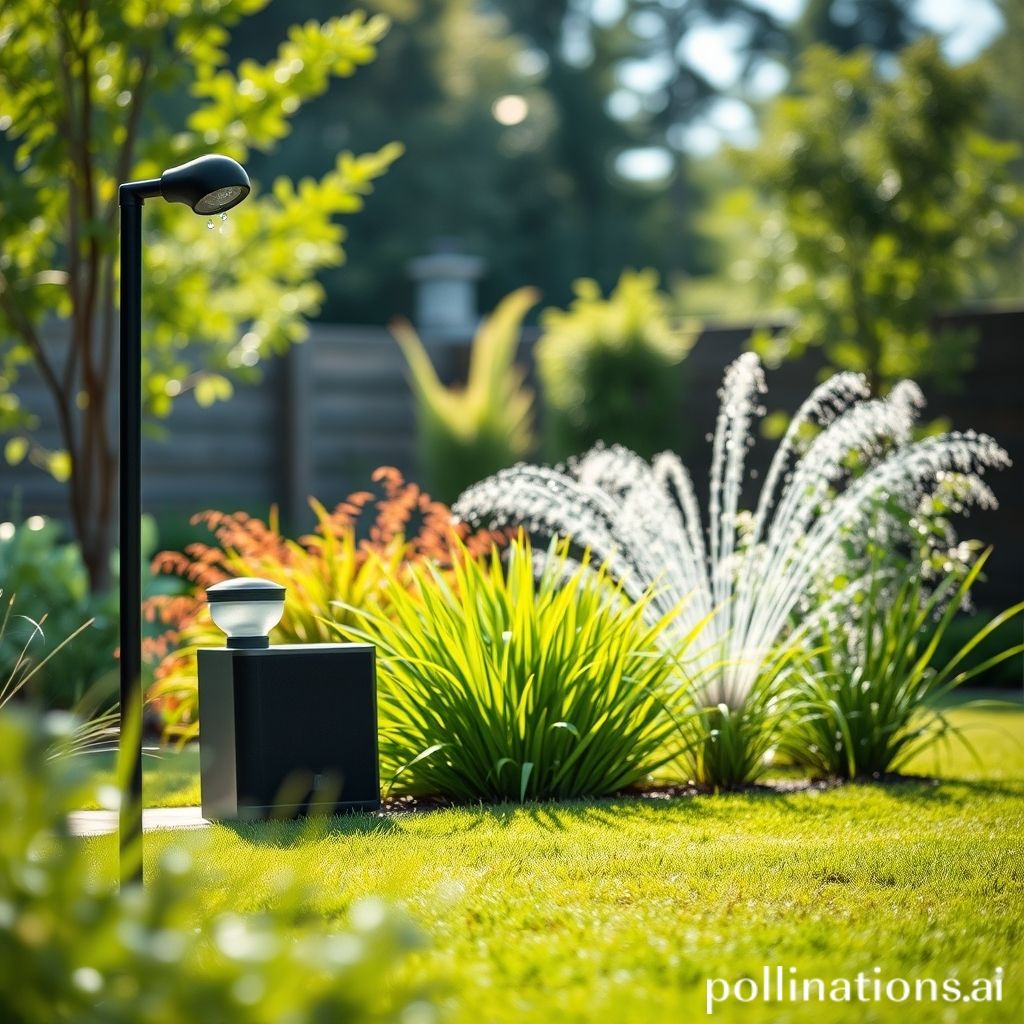The Matter smart home standard promised to revolutionize the industry, fostering seamless interoperability between devices from different manufacturers. One year after its official launch, it’s time to assess its impact. Has Matter delivered on its promises? This article explores Matter’s progress, its effect on device compatibility, and its influence on consumer choice in the evolving smart home landscape.
Matter Smart Home Standard: One Year In – How Has It Impacted Device Interoperability and Consumer Choice?
The Promise of a Unified Smart Home
Prior to Matter, the smart home ecosystem was fragmented. Devices from different brands often operated in silos, requiring users to juggle multiple apps and ecosystems. This lack of interoperability created frustration and limited the potential of a truly connected home. Matter aimed to solve this problem by providing a unified, open-source standard that allows devices to communicate regardless of their brand or underlying technology. The core concept was simple: a device certified with Matter would work seamlessly with other Matter-certified devices, simplifying setup, control, and automation. This promise of a more streamlined and user-friendly experience was the driving force behind Matter’s development and adoption.
Matter operates primarily over Wi-Fi, Thread, and Ethernet, and also uses Bluetooth Low Energy for device commissioning. By using Internet Protocol (IP) as its networking layer, Matter aims to achieve seamless interoperability across different networks and devices. This technical foundation is what allows a Matter-certified device from one manufacturer to communicate with a Matter-certified device from another, enabling a truly unified smart home experience.
Interoperability: Progress and Challenges
One year in, Matter has made significant strides in improving device interoperability, but challenges remain. Many major smart home brands, including Amazon, Google, Apple, and Samsung, have adopted Matter, releasing compatible devices and updating existing ones. This has led to a noticeable increase in the number of devices that can communicate with each other, simplifying setup and control for consumers. For example, a smart bulb from one brand can now be easily controlled through a smart speaker from another, something that was often difficult or impossible before Matter.
However, the transition to Matter has not been entirely smooth. Some early adopters have experienced technical issues, such as connectivity problems and difficulties with device pairing. Furthermore, the adoption of Matter is still ongoing, and not all smart home devices are compatible. This means that consumers may still need to rely on multiple ecosystems for some devices. Moreover, Matter’s initial focus was on basic device types like lights, plugs, and switches, with support for more complex devices like cameras and appliances arriving later. This phased approach means that the full potential of Matter interoperability is still unfolding.
Consumer Choice and Ecosystem Dynamics
Matter has the potential to significantly expand consumer choice in the smart home market. By removing the limitations of proprietary ecosystems, consumers are now freer to choose devices based on features, price, and personal preference, rather than being locked into a specific brand. This increased competition can lead to innovation and lower prices, benefiting consumers in the long run.
However, Matter also introduces new dynamics to the smart home ecosystem. While interoperability is enhanced, companies are still competing on features, user experience, and the integration of their devices with their broader ecosystems. For instance, Amazon’s Alexa and Google’s Assistant continue to offer unique voice control features and integrations with their respective services. This means that while Matter provides a baseline level of interoperability, consumers may still be drawn to specific ecosystems for their unique features and benefits. Furthermore, the long-term impact of Matter on ecosystem dynamics remains to be seen. As more devices become Matter-certified, it is possible that the lines between ecosystems will blur, leading to a more open and collaborative smart home environment. However, it is also possible that companies will find new ways to differentiate themselves, creating new forms of lock-in and competition.
Looking Ahead: The Future of Matter
The future of Matter looks promising, with ongoing development and expanding device support. The Connectivity Standards Alliance (CSA), the organization behind Matter, is continuously working to improve the standard, address technical issues, and add support for new device types. As Matter matures, it is likely that more devices will become compatible, further enhancing interoperability and consumer choice. Furthermore, the development of new features and functionalities within the Matter framework could lead to even more innovative and user-friendly smart home experiences.
In conclusion, Matter has made significant progress in its first year, fostering greater interoperability and expanding consumer choice in the smart home market. While challenges remain, the ongoing development and adoption of Matter suggest a future where smart home devices seamlessly communicate, creating a more unified and user-friendly experience for consumers. The true potential of Matter is still unfolding, and its impact on the smart home landscape will continue to be felt in the years to come.



